Understanding Copyright, Trademark and Halloween Costumes
Plagiarism Today
OCTOBER 26, 2021
This means, theoretically, that elements such as the Superman “S” can be protected by copyright because they are separate elements that are merely copied onto the clothing. Bringing us back to our Juice Demon, the elements that are copied include the striped suit and tie. The second limitation is masks.

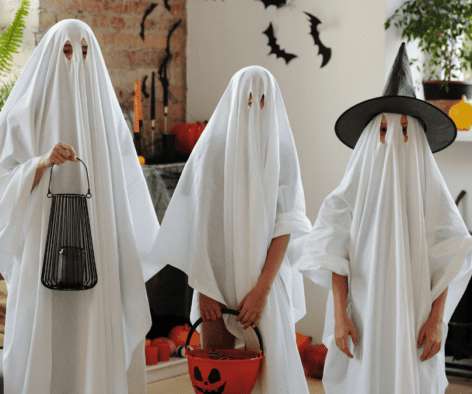

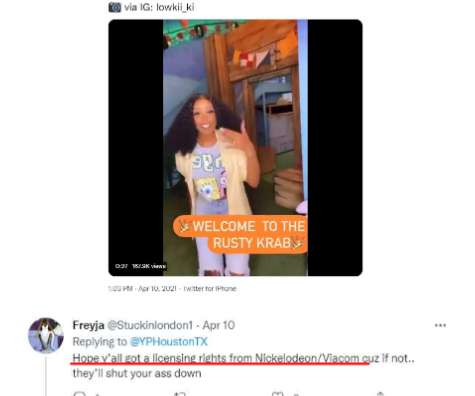
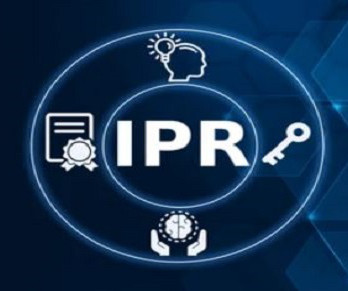


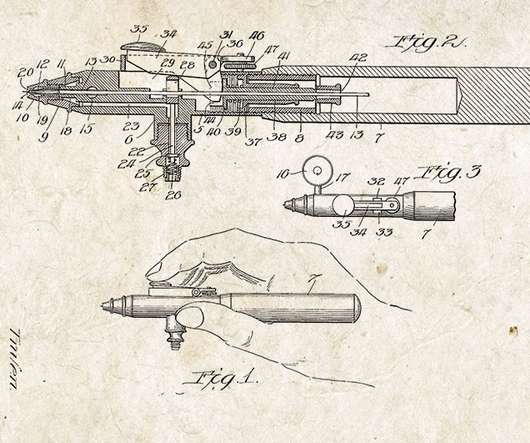
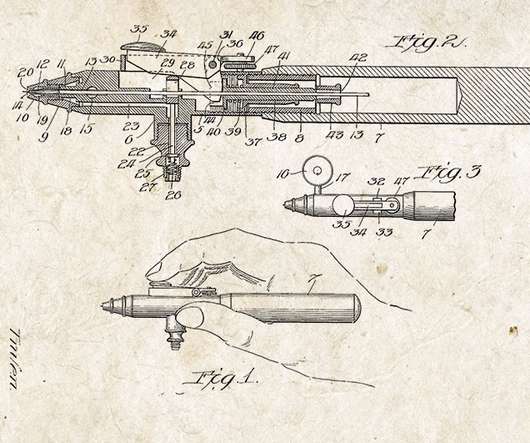







Let's personalize your content